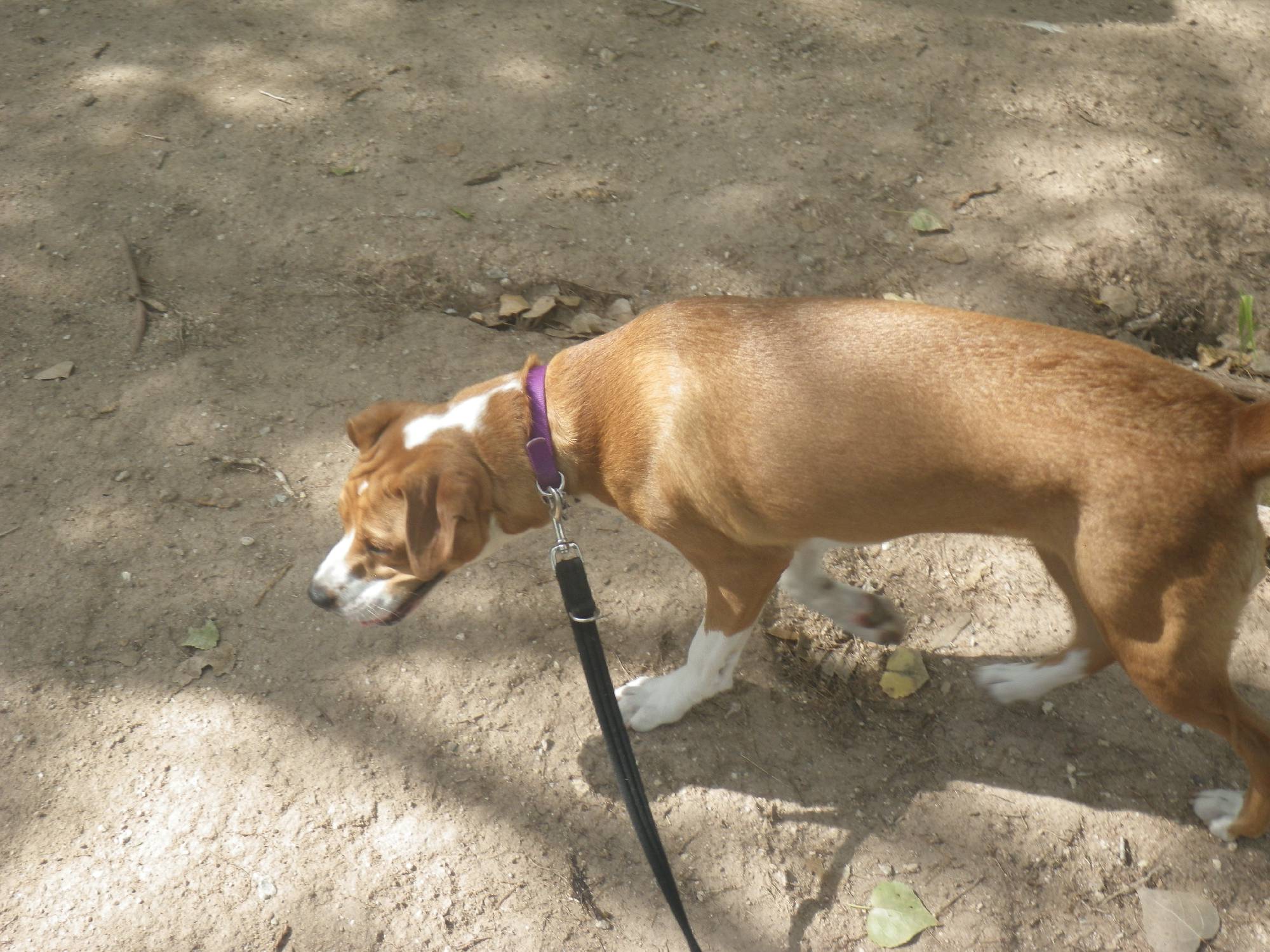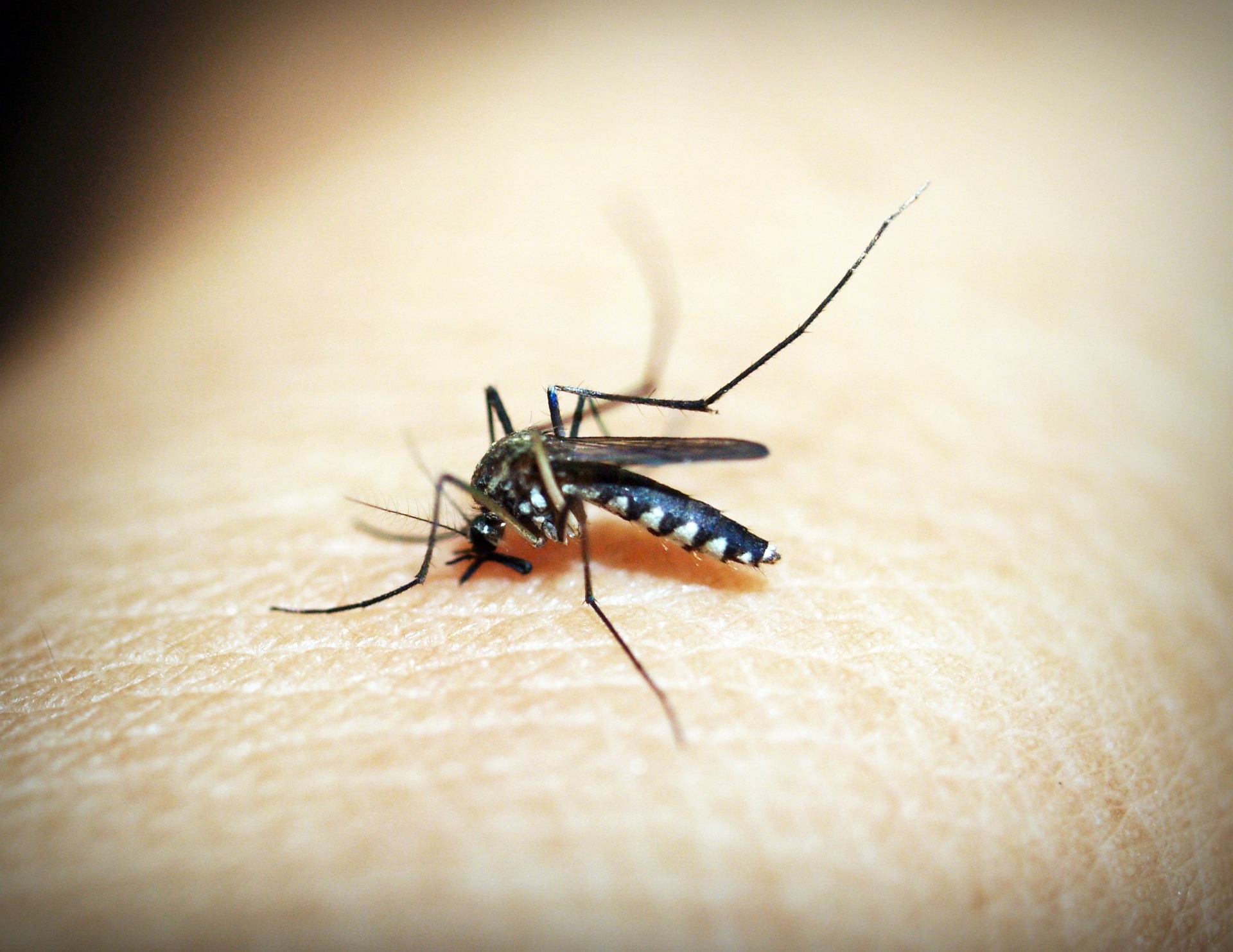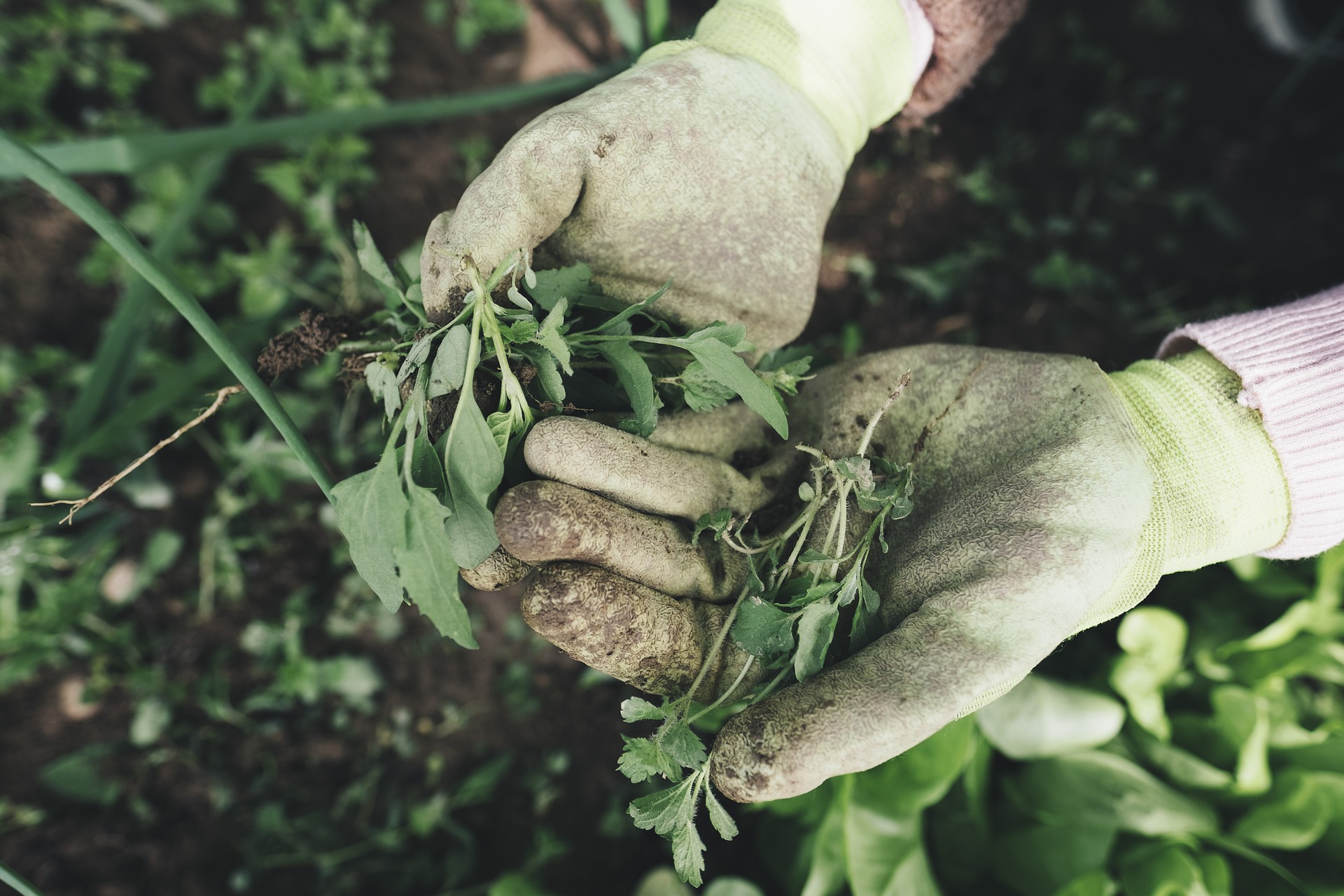Clostridium Difficile
As a recent study published in the Canadian Journal of Infection Control demonstrates, two trained dogs, Angus and Dodger's scent-detection capabilities have helped the staff at Vancouver General Hospital gain some new insight into where C difficile is hiding out in the hospital, and how it's spreading to those places.
One thing they learned is that patient rooms aren't the only environmental reservoir for the pathogen.
Over an 18-month period, a research team that included Bryce and Zurberg found that, of 391 positive alerts from Angus and Dodger (out of 659 searches), 321 (82.1%) were in the general hospital environment, mainly on hallway items. More than half of the hits in the general environment (192/321, 59.8%) were on items almost exclusively handled by healthcare workers, such as carts, equipment that measures and monitors patient vital signs, and staff lockers. There were also alerts in areas shared by the public, including waiting rooms and public bathrooms.
For Bryce and Zurberg, a bigger benefit of the program is that it's a real-time infection control strategy that puts a spotlight on problem areas and sparks immediate discussions about transmission pathways and cleaning strategies. "The value of this program is that it allows us, in a totally non-punitive, non-judgmental way, to just re-engage everyone and use some in-the-moment teaching," Bryce says.
Hoffman says this kind of immediate feedback is crucial, given that other C difficile detection methods, such as environmental sampling, take much longer. "Sometimes we need out-of-the-box approaches, because C difficile continues to be a leading cause of morbidity and mortality in healthcare facilities. I think any effort to control C difficile would benefit from some real-time environmental detection.





